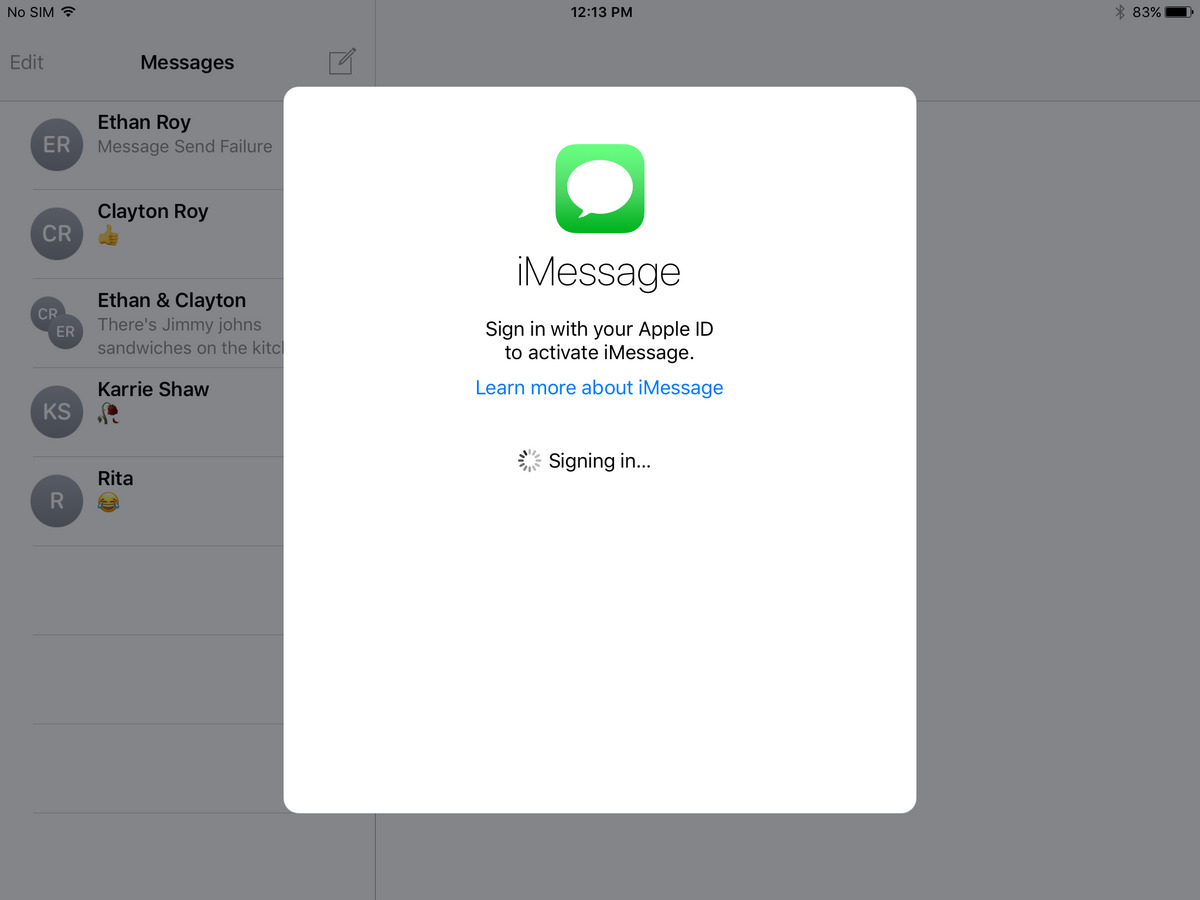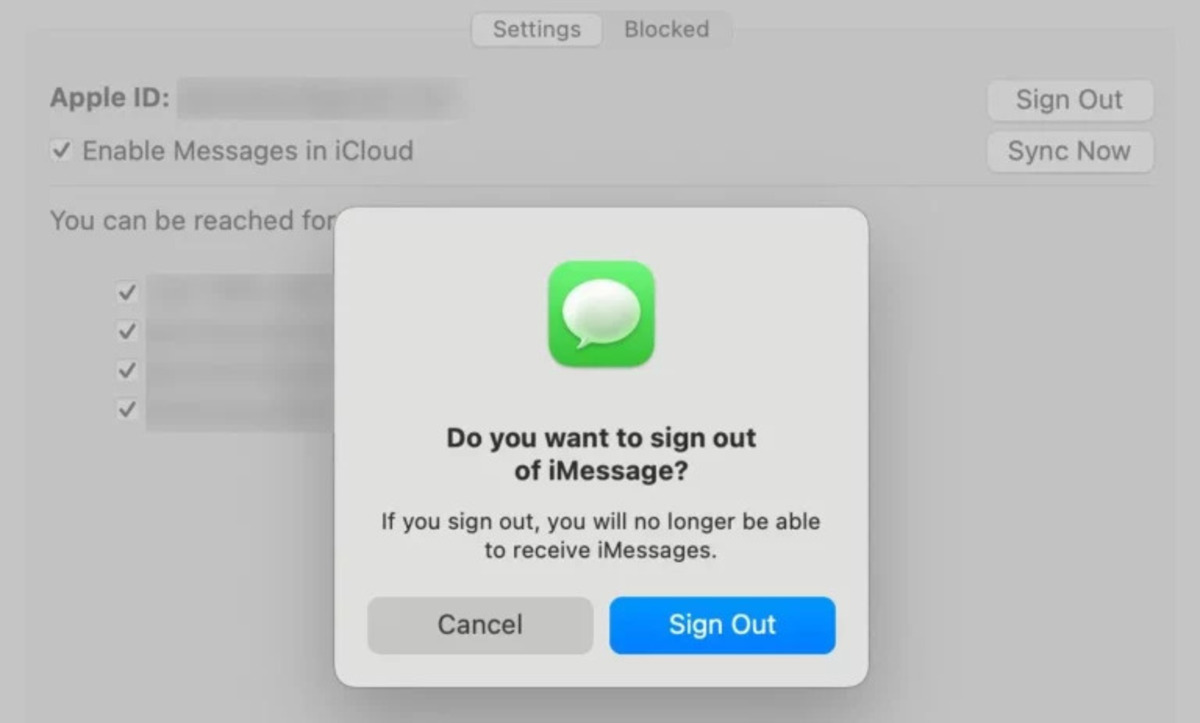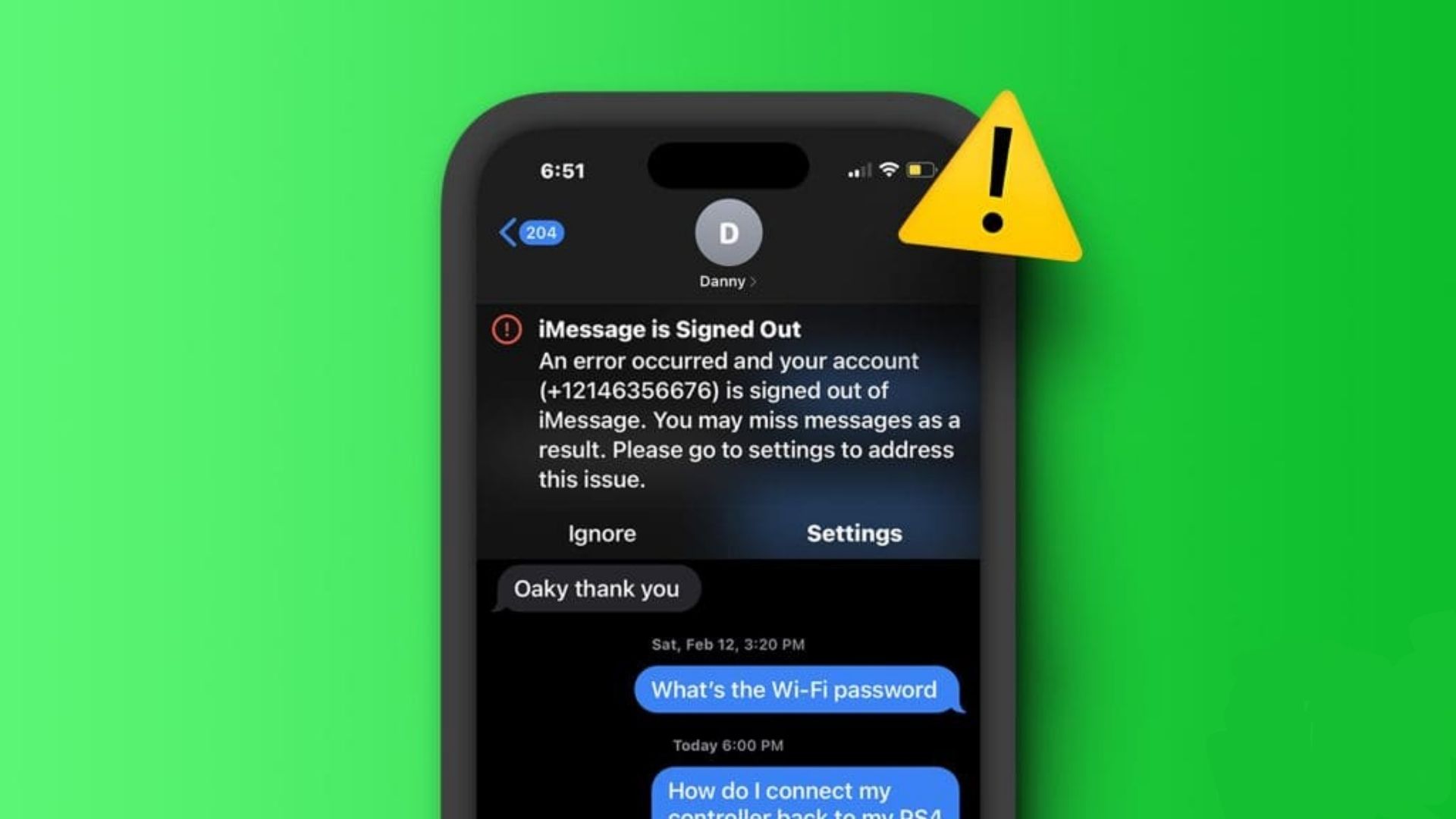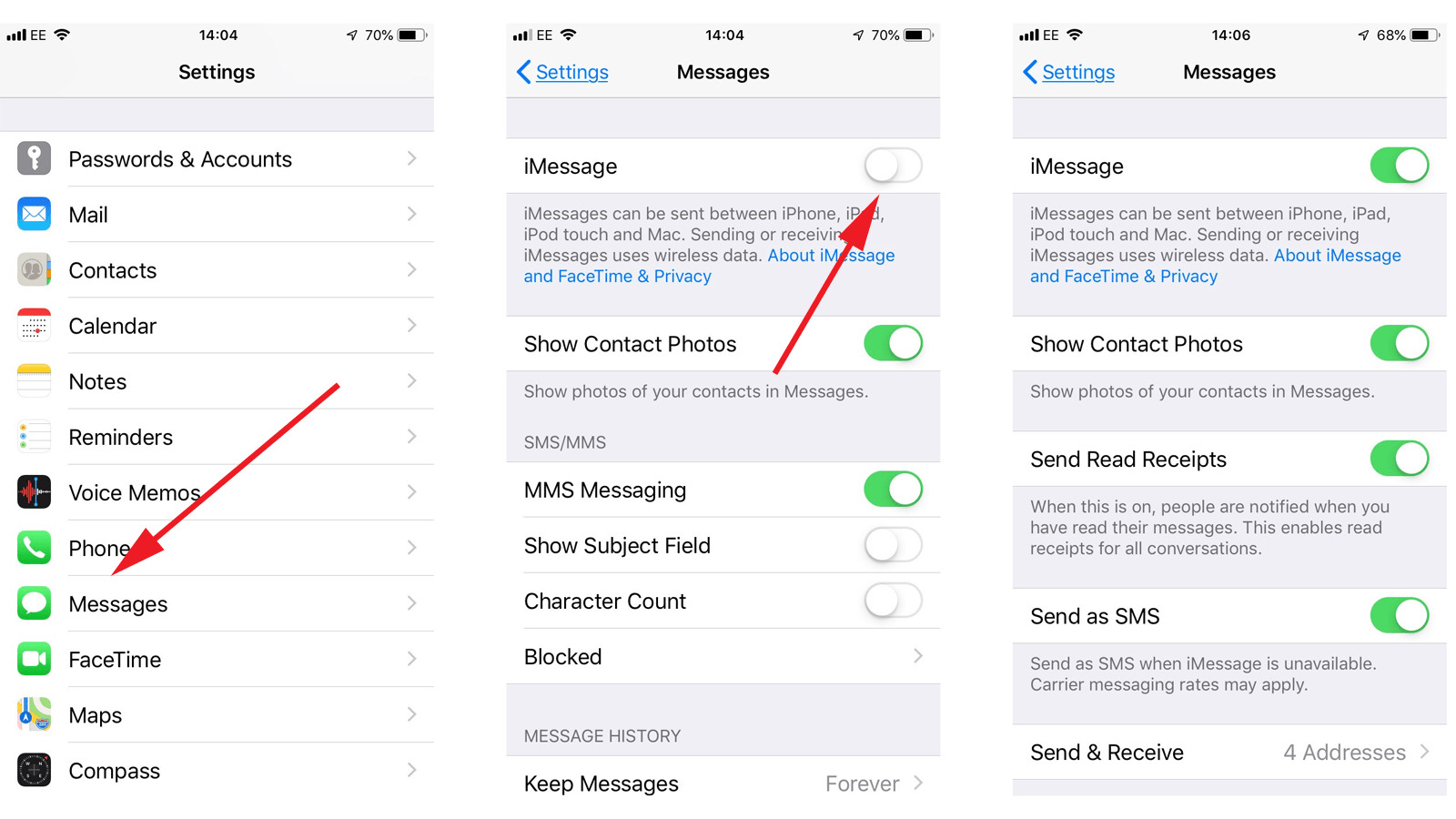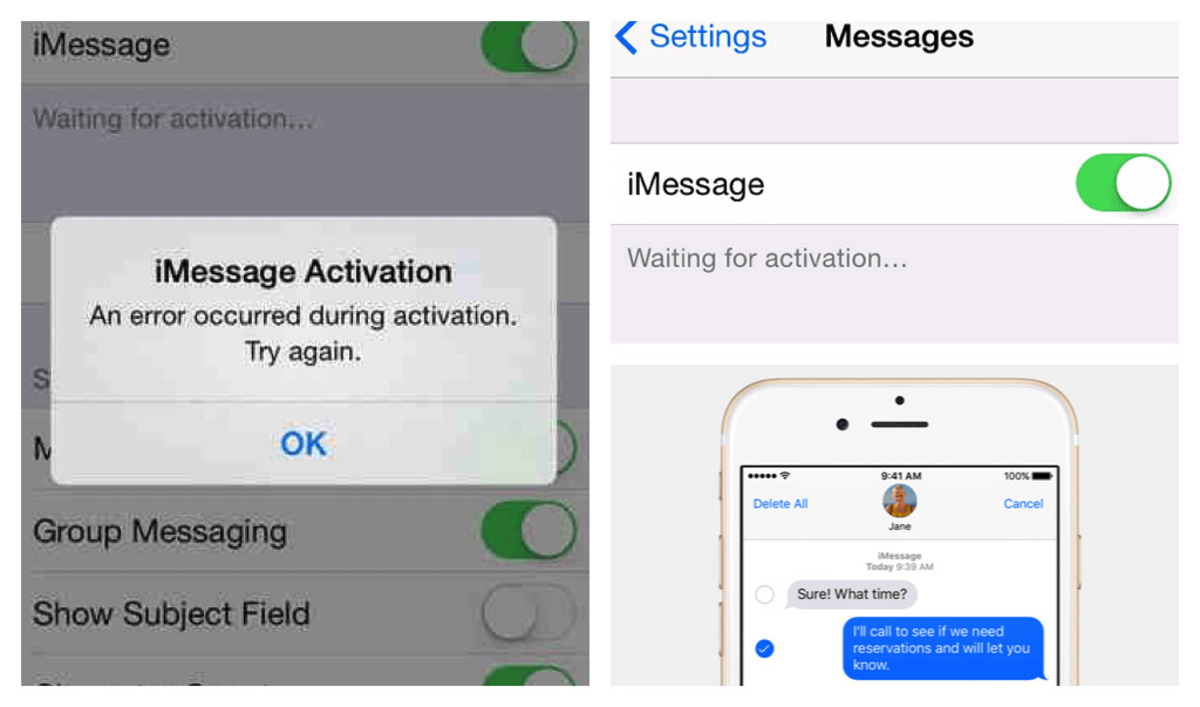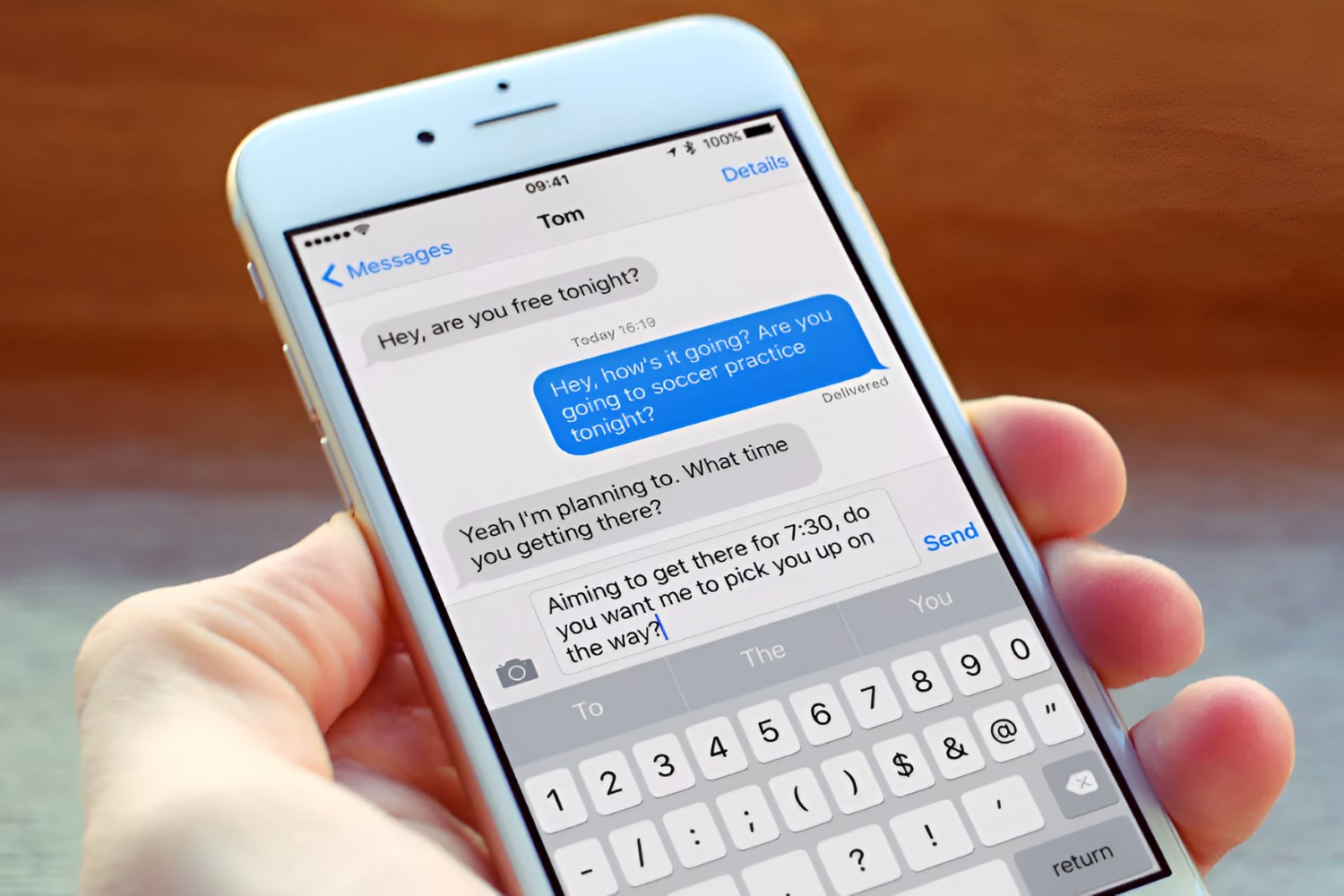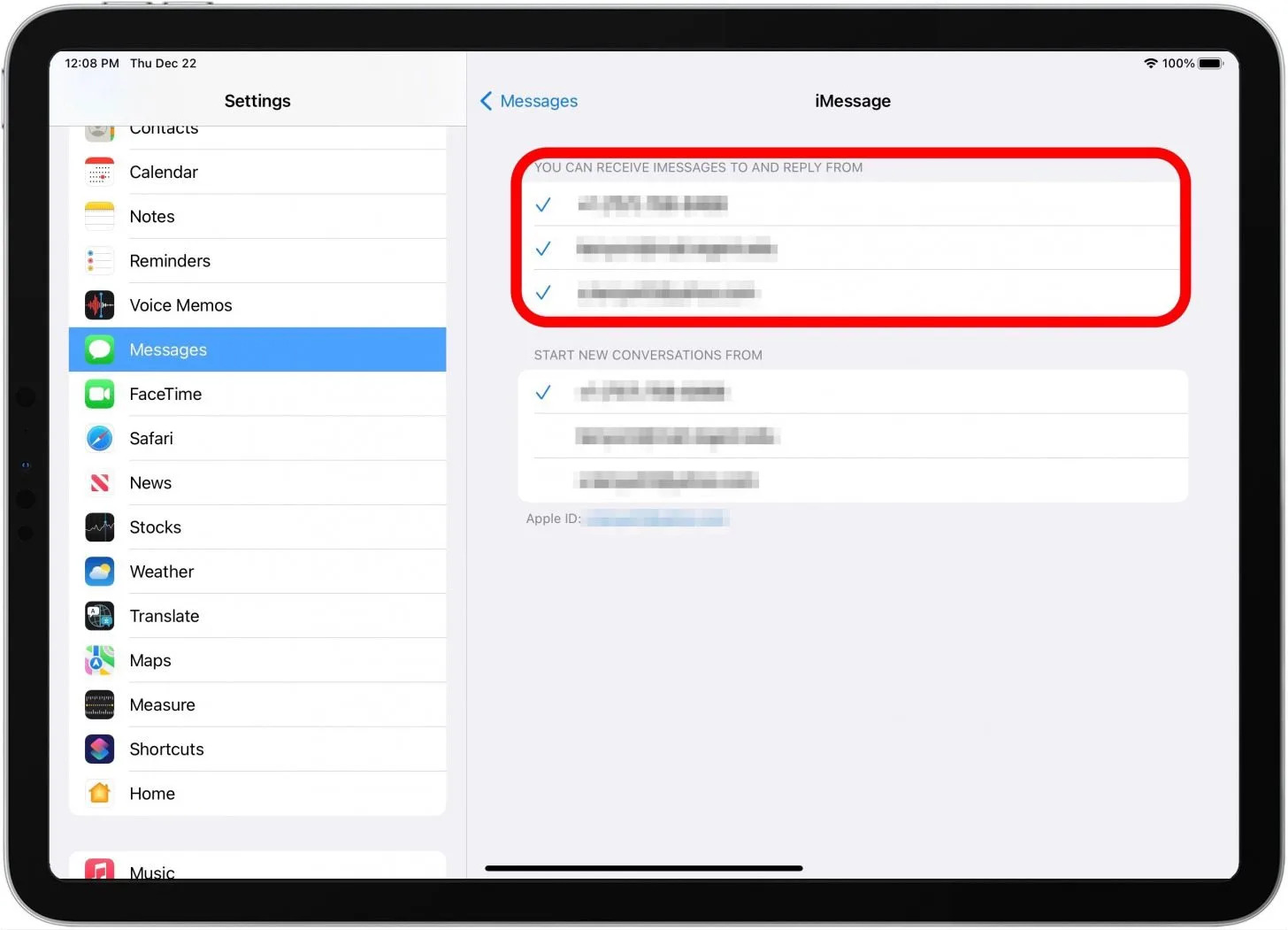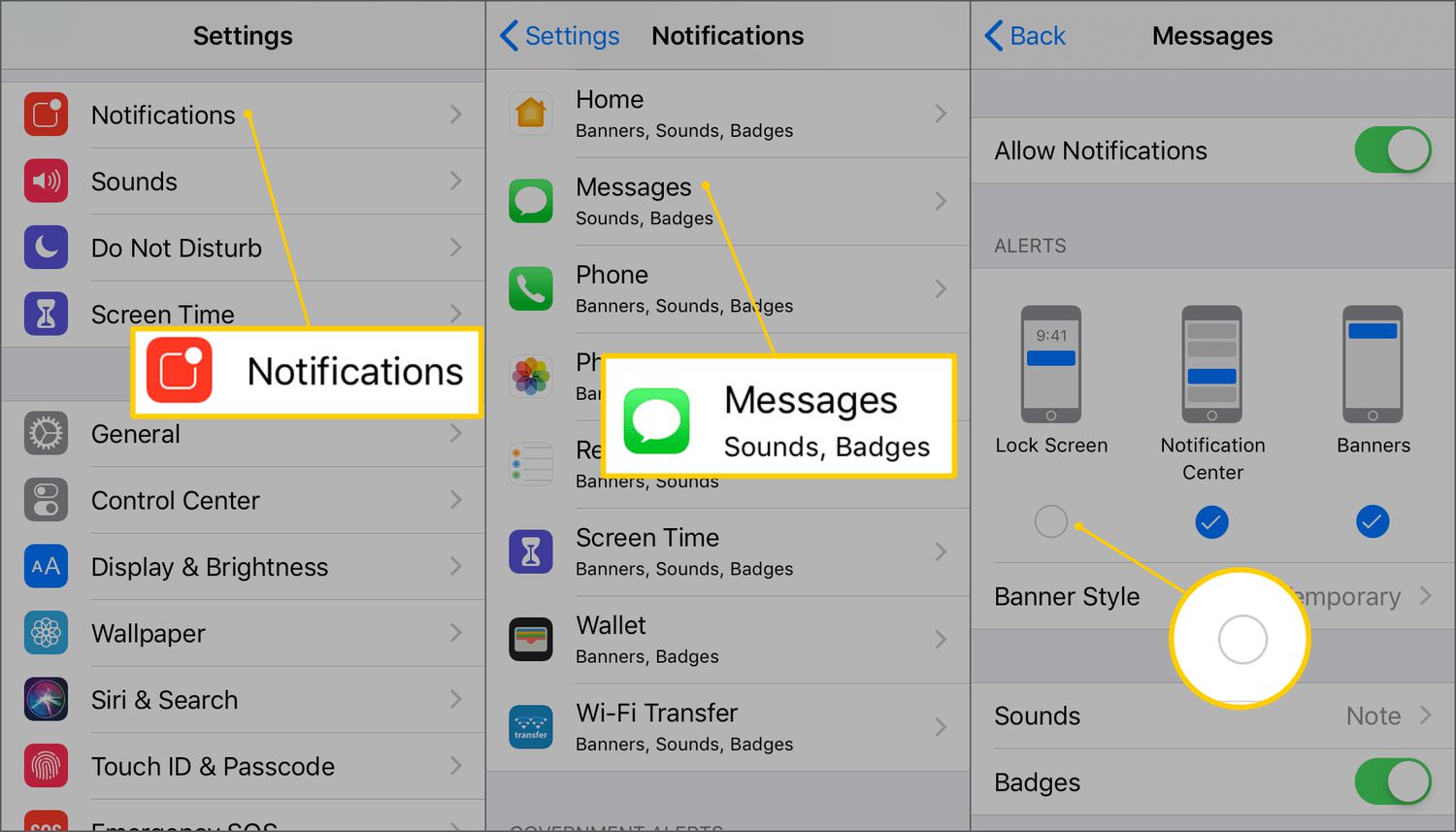Introduction
Welcome to the world of iMessage, Apple’s popular instant messaging platform that allows you to seamlessly communicate with friends, family, and colleagues through your Apple devices. With iMessage, you can send and receive text messages, photos, videos, and even make voice and video calls, all within the familiar Messages app on your iPhone, iPad, or Mac.
Whether you’re new to the Apple ecosystem or a long-time user, this article will guide you through the process of signing into iMessage on your iOS and Mac devices. We’ll also cover some troubleshooting tips to help you overcome any hurdles you might encounter along the way.
iMessage offers a secure and convenient way to stay connected with your loved ones, regardless of your geographical location. By utilizing your existing Apple ID, you can access your iMessage account across multiple devices, ensuring that your conversations are synced and readily available whenever and wherever you need them.
So, if you’re ready to dive into the world of iMessage, let’s get started by setting up your iMessage account.
Setting up iMessage Account
Before you can sign into iMessage, you’ll need to set up your iMessage account on your iOS or Mac device. Here are the steps to get started:
- Ensure that your device is running the latest version of iOS or macOS, as iMessage is integrated into these operating systems.
- Open the “Settings” app on your iOS device or the “Messages” app on your Mac.
- On iOS, tap “Messages” and then “Send & Receive.” On Mac, click on “Messages” in the menu bar and select “Preferences.”
- Next, sign in with your Apple ID. If you don’t have an Apple ID, you can create one by selecting the “Create Apple ID” option and following the on-screen instructions.
- Once you’ve signed in, you’ll see your Apple ID listed under the “You can be reached by iMessage at” section. You can choose to add additional email addresses or phone numbers that you want to associate with your iMessage account.
- Make sure to enable the “Send & Receive” option for each email address or phone number you want to use with iMessage. This will allow others to reach you using those contact details.
- If you’re using multiple Apple devices, such as an iPhone and a Mac, make sure that you’re signed in with the same Apple ID on all devices. This will ensure that your iMessage conversations are synchronized across devices.
Once you’ve completed these steps, you’ve successfully set up your iMessage account and you’re ready to sign in and start communicating with others. Let’s now explore how to sign into iMessage on iOS devices.
Signing into iMessage on iOS Devices
Signing into iMessage on your iOS device is quick and easy. Here’s how you can do it:
- Open the “Settings” app on your iOS device.
- Scroll down and tap on “Messages.”
- Tap on “Send & Receive.”
- At the top, you’ll see your Apple ID listed. Tap on it.
- Enter your Apple ID password and tap “Sign In.”
- You’ll see a list of options for phone numbers and email addresses that are associated with your iMessage account. Choose the ones you want to use to send and receive messages.
- Toggle on the “Use your Apple ID for iMessage” option if it isn’t already enabled. This will ensure that your iMessage account is linked to your Apple ID.
- Tap on “Back” to return to the main Messages settings page.
- Now, you’re signed into iMessage on your iOS device and ready to start sending and receiving messages.
Remember, by signing into iMessage with your Apple ID, you’ll be able to access your iMessage conversations across all your Apple devices seamlessly. This means that any messages you send and receive will sync across your iPhone, iPad, and even your Mac, allowing you to continue your conversations effortlessly.
Now that you’re signed into iMessage on your iOS device, let’s explore how to sign into iMessage on your Mac.
Signing into iMessage on Mac Devices
To sign into iMessage on your Mac device and stay connected with your messages, follow these simple steps:
- Open the “Messages” app on your Mac. You can find it in your Applications folder or by using Spotlight search.
- If you have previously signed in to iMessage on your Mac, you may already be signed in. To check, go to “Messages” in the menu bar and select “Preferences.”
- In the Preferences window, click on the “Accounts” tab.
- If your Apple ID is already listed, you’re signed in. You can skip the next step and continue using iMessage.
- If your Apple ID is not listed, click on the “+” button at the bottom left to add your Apple ID.
- Enter your Apple ID and password in the provided fields.
- Check the box next to “Enable this account” to activate and use your iMessage account with your Apple ID on your Mac.
- Click on “Next” to continue.
- Choose the email addresses and phone numbers that you want to associate with your iMessage account on your Mac and click on “Next.”
- Review the options for syncing your iMessage data across your devices and customize the settings according to your preference.
- Click on “Done” to complete the setup process.
Once you’ve signed in to iMessage on your Mac, you can start sending and receiving messages directly from your computer. Your conversations will be synced with your other Apple devices, ensuring a seamless messaging experience across all platforms.
With iMessage on your Mac, you can use the full keyboard and take advantage of the larger screen to communicate more efficiently and conveniently. Now that you’re signed in to iMessage on your Mac, let’s address some common sign-in issues and troubleshooting tips.
Troubleshooting Common Sign-in Issues
While signing into iMessage is typically a straightforward process, there are a few common sign-in issues that you might encounter. Here are some troubleshooting tips to help you resolve them:
1. Check your internet connection: Ensure that your device has a stable internet connection, as iMessage requires an active connection to sign in and sync your messages.
2. Verify your Apple ID credentials: Double-check that you are using the correct Apple ID and password when signing into iMessage. If you’re unsure, you can use the “Forgot Apple ID or Password” option to recover your account details.
3. Update your device: Make sure that your iOS or macOS is up to date with the latest software version. Outdated software can sometimes cause sign-in issues. Go to the “Settings” app on your iOS device or the “System Preferences” on your Mac to check for available updates.
4. Reset your Apple ID password: If you’re unable to sign in due to a forgotten or incorrect password, you can reset your Apple ID password through the Apple ID account recovery process. Visit the Apple ID account page or contact Apple Support for assistance.
5. Restart your device: Sometimes, a simple restart can resolve temporary issues. Try restarting your iOS or Mac device and then attempt to sign in to iMessage again.
6. Check your privacy settings: On iOS, navigate to “Settings” > “Privacy” > “Location Services” and ensure that Location Services is enabled for iMessage. On macOS, go to the “Security & Privacy” settings in “System Preferences” and make sure that iMessage is allowed to access the necessary features.
If you’re still unable to sign in to iMessage after trying these troubleshooting steps, it may be helpful to contact Apple Support for further assistance. They can provide specific guidance based on your device and configuration.
Now that you’re equipped with troubleshooting tips, you should be able to overcome any sign-in issues efficiently and enjoy the features of iMessage seamlessly across your Apple devices.
Conclusion
Signing into iMessage on your iOS and Mac devices allows you to connect and communicate with others seamlessly. By following the simple steps outlined in this article, you can set up your iMessage account and sign in with your Apple ID effortlessly.
iMessage offers a range of features, including text messaging, multimedia sharing, voice and video calls, and the ability to sync your conversations across all your Apple devices. Whether you’re using an iPhone, iPad, or Mac, iMessage keeps you connected wherever you go.
In this guide, we covered the process of setting up your iMessage account, signing into iMessage on iOS devices, signing into iMessage on Mac devices, and troubleshooting common sign-in issues. By following these steps and troubleshooting tips, you can overcome any hurdles that might arise during the sign-in process.
Remember to ensure that your devices are updated with the latest software, have a stable internet connection, and that you’re using the correct Apple ID credentials. If you encounter any difficulties, checking your privacy settings, restarting your device, or contacting Apple Support can help resolve the issues.
Now that you’ve successfully signed into iMessage, you can enjoy the convenience and seamless messaging experience that it offers. Stay connected with your loved ones, share memorable moments, and express yourself through text, images, videos, and more.
So, start exploring the world of iMessage and unlock the full potential of instant communication on your Apple devices. Happy messaging!







